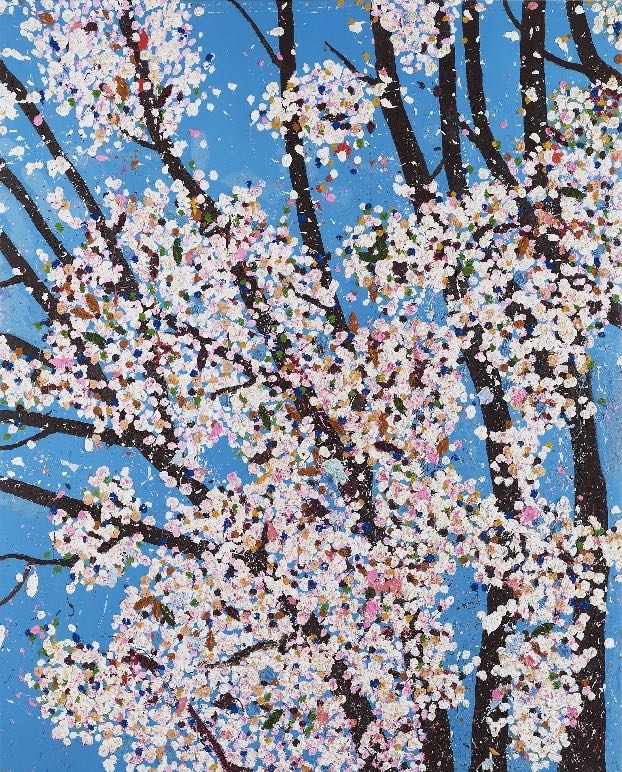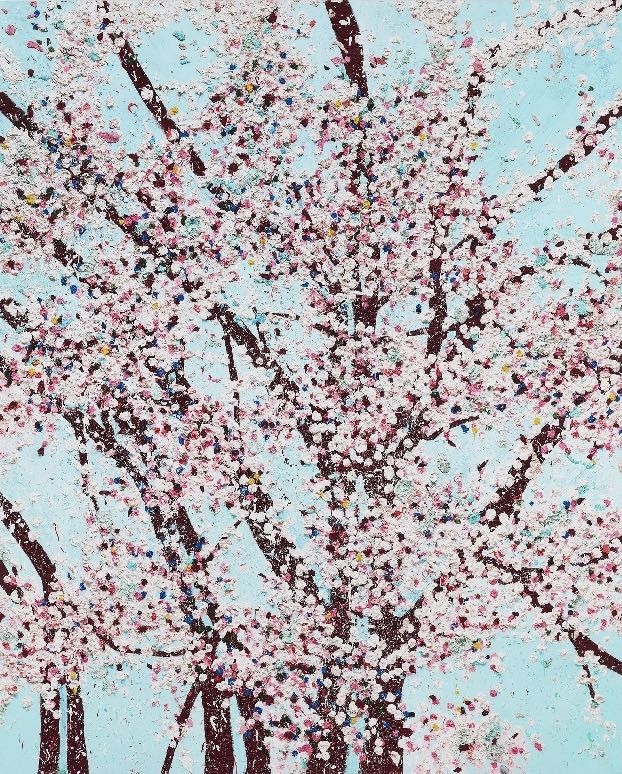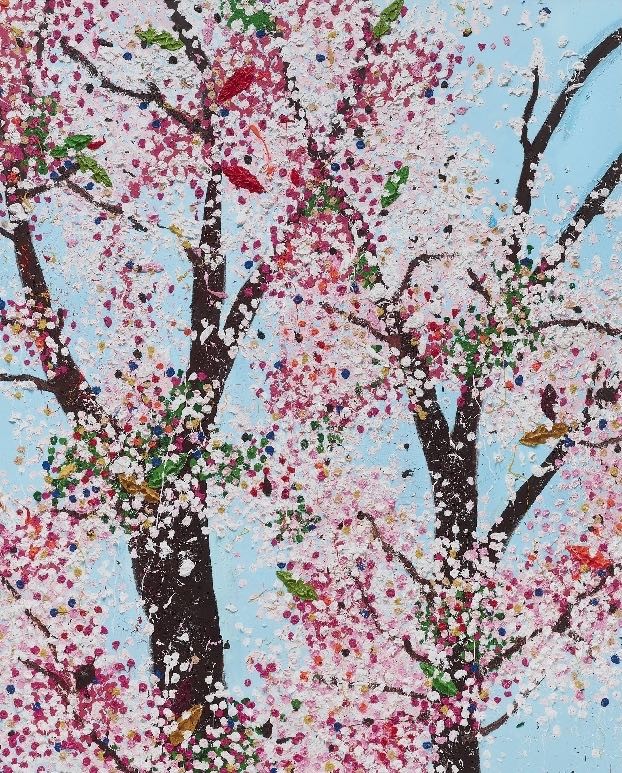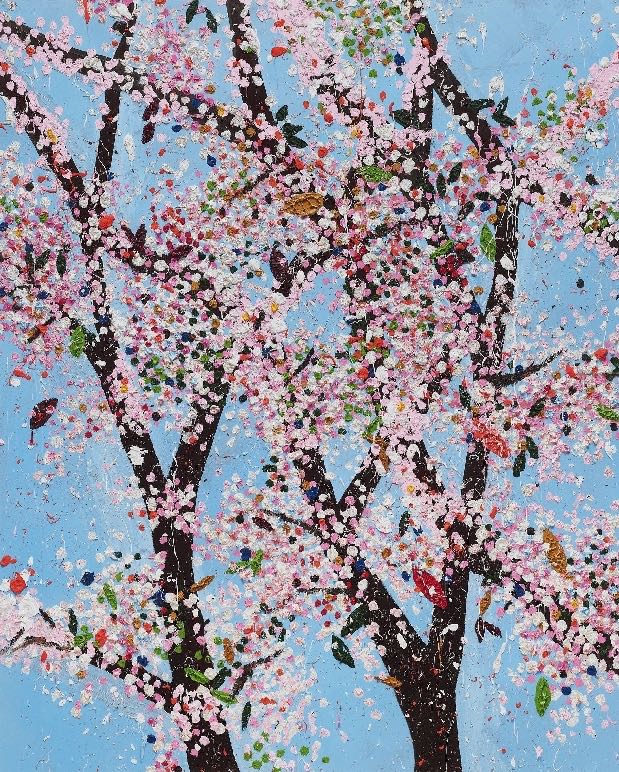Subscribe to newsletter: 10% OFF
Sign up to receive 10% off your order as well as the latest updates on new arrivals, exclusive promotions and events.

Damien Hirst, H9-1 Justice, 2021

Damien Hirst, H9-2 Courage, 2021

Damien Hirst, H9-3 Mercy, 2021

Damien Hirst, H9-4 Politeness, 2021

Damien Hirst, H9-5 Honesty, 2021

Damien Hirst, H9-6 Honour, 2021

Damien Hirst, H9-7 Loyalty, 2021

Damien Hirst, H9-8-Control, 2021
How Damien Hirst’s ‘The Virtues’ marks the greatly anticipated joy of Spring
By Louise Oliphant, Contemporary Art BA (Hons), International Journalism MA
As we race into the warmer weather of Spring, one cannot ignore the effects of the sun’s vitamin D and additional daylight hours is instinctively lifting our spirits. After what seems like the lengthiest of winters, where the expectant dull days and frosty mornings have been met with the more unanticipated lockdown restrictions, Springtime has been more than welcomed. Whilst our stay-at-home agenda is yet to be lifted, we can smell freedom. It smells sweet, floral almost with notes of lavender and blossom that are crisp and undeniably fresh – quite the opposite of our at-home offices that have since left us symptomatic of cabin fever. Nonetheless, Spring is in sight and from this sensory perspective, we pack away the gloom of dark shades and deep tones and instead introduce bright colours and pastels; sky and powder blues in-fact seem to be hitting the runway, making streetwear and casual tailoring entirely reminiscent of cloudless days. Though, interestingly, this renewal of blue from surgical masks, that was iconic to the global pandemic, to an inspiration of the outdoors sparks a breath of fresh air, not just to the fashion world, but to all. Thus, fashion meets art through this relatability. Since both cultural spheres envelope a common ground of feeling and sensory emotion, the connotations of Spring 2021 fashion trends are only mirrored in the tendencies of recent artwork collections. And as the start of the new season is overwhelmingly craved by many, what better way than to make art that situates this spontaneous joy of Spring that we all evidently need?
Damien Hirst (2021) has done this best with his recent release of eight blossom prints titled 'The Virtues', just in time for the start of the season. Published by HENI Editions, each piece is titled accordingly to one of the eight virtues of Bushido, as explicated by Nitobe Inazo: Justice, Courage, Mercy, Politeness, Honesty, Honour, Loyalty and Control. Whilst these terms have a resonating familiarity, perhaps a little context is needed here. The collection of ideals reference Samurai Virtues; an unwritten Samurai code of conduct that must be upheld in order to be a true warrior. Yet ‘warrior’ evokes a more solitary connotation here, Bushido teaches compassion over confrontation, benevolence over belligerence and emphasises the non-martial qualities of man as principles that peacefully overcome adversaries. These enlightening teachings seem suitably timely. Where the year 2020 leading into the start of 2021 encountered acts of nonviolent protest, civil disobedience and a rejuvenation of standing up for what is right, these unwritten traits of morality have been entirely site-specific. Not forgetting the gruelling pandemic that has been a lesson in itself, the nation has in fact unknowingly administered the very Virtues exercised by the samurai of Japan. Hirst’s paintings, through a contextual insight thus function as a reminder or even an applause for the warrior-like acts we have all proven to be capable of.
Visually however these works are simply wholesome. Even without historical awareness and the somewhat serious though nonetheless indoctrinating frame of reference, Hirst has instilled the discernible spontaneity of springtime bloom. Mirrored through pointillist and impressionist techniques the quick mark-making and layering of pink and white paint among other colours imitates the cherry blosso